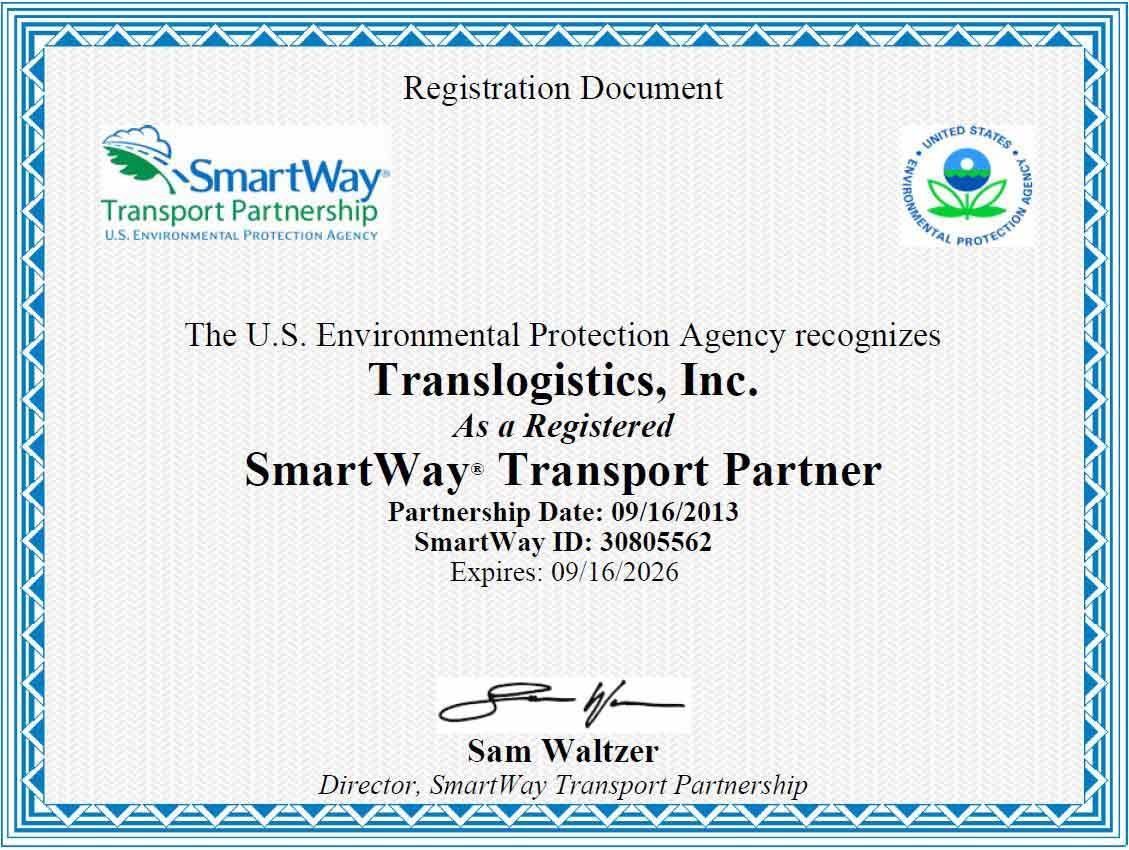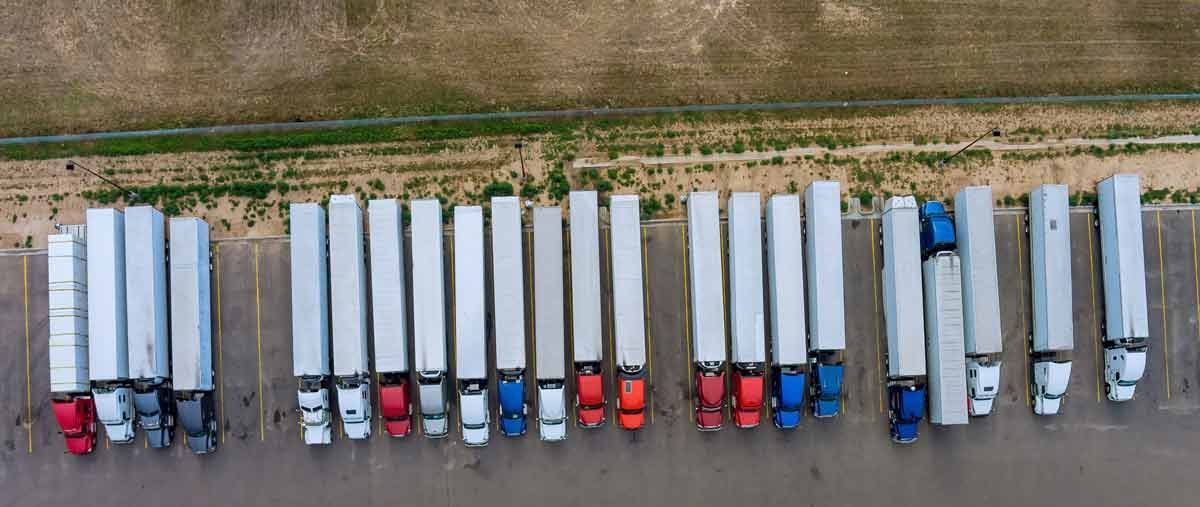Freight
Shippers Guide to Freight
Freight plays a pivotal role in global trade and logistics. Whether it's the delivery of goods across the country or around the world, understanding the fundamentals of freight packaging and the different types of shipments is essential for shippers. This article aims to provide a comprehensive overview of freight, its packaging methods, and the various types of shipments that shippers route.
What is Freight?
Freight refers to the transportation of goods and merchandise via various modes, such as ships, airplanes, trucks, or trains. It encompasses a wide range of products, from raw materials and components to finished products and machinery. Freight can be shipped domestically or internationally, enabling businesses to trade and cater to customers worldwide.

Packaging Freight:
Packaging plays a crucial role in ensuring the safe and secure transportation of goods. Freight packaging must protect the contents from damage, withstand handling during transit, and comply with regulatory requirements.
Freight Packaging Examples:
- Palletized Shipping: Pallets are widely used for packaging freight. Goods are arranged on sturdy wooden or plastic platforms known as pallets, which can be easily loaded, unloaded, and transported using forklifts or pallet jacks. Palletizing streamlines handling, reduces the risk of damage, and facilitates efficient loading and unloading processes.
- Containerized Shipping: Containerization revolutionized the freight industry by introducing standard-sized containers for transportation. Goods are loaded into containers, which are then sealed and transported using various modes. Containerization ensures easy handling, secure storage, and protection against external elements. Standard container sizes include 20 feet, 40 feet, and 45 feet.
- Crated Shipping: Crating involves placing goods in wooden crates, which provide additional protection during transportation. Crates are suitable for fragile or irregularly shaped items that require extra stability and security. They are often used for artwork, machinery, or delicate equipment.
- Bulk Shipping: Bulk freight refers to unpackaged or loosely packaged commodities such as grains, coal, ore, or liquids like oil and chemicals. These items are typically loaded directly into cargo holds, tankers, or specialized containers, which are designed for efficient bulk transportation. Bulk shipping is common in industries like mining, agriculture, and energy.
Examples of Freight:
Shippers route various types of shipments based on their nature, size, and requirements. Here are some common types of freight shipments:
- Full Truckload (FTL): In FTL shipments, the entire truck's capacity is utilized to transport goods from a single shipper. FTL is ideal for large shipments or when time-sensitive deliveries are required. Shippers typically pay a flat rate for the entire truck, regardless of the cargo's weight or size.
- Less Than Truckload (LTL): LTL shipments combine multiple smaller shipments from different shippers into a single truckload. Shippers share the transportation costs based on the size, weight, and distance traveled by their respective cargo. LTL is cost-effective for smaller shipments that don't require an entire truck.
- Air Freight: Air freight involves transporting goods by air, providing fast and efficient delivery for time-sensitive shipments. It is suitable for high-value or perishable goods, electronics, pharmaceuticals, and other products with strict delivery timelines. Air freight is more expensive than other modes but offers rapid transportation and global coverage.
- Ocean Freight: Ocean freight refers to shipping goods via cargo vessels across the world's oceans. It is cost-effective for transporting large volumes of goods, especially for international shipments. Ocean freight is suitable for bulky or non-perishable items and allows for flexible container sizes and specialized handling for specific cargo types.
Freight Summary:
Understanding freight, its packaging methods, and the different types of shipments available is essential for shippers. By selecting the appropriate packaging and shipment type, businesses can ensure the safe and efficient transportation of goods, optimizing their supply chain and satisfying customer demands. Whether it's palletized, containerized, bulk, FTL, LTL, air freight, or ocean freight, shippers can choose the most suitable option based on their specific requirements and constraints.
TLI Insights
Get the latest logistics insights and tips from TLI's award-winning team. Stay ahead in transportation planning.
Questions? Email us at marketing@shiptli.com



